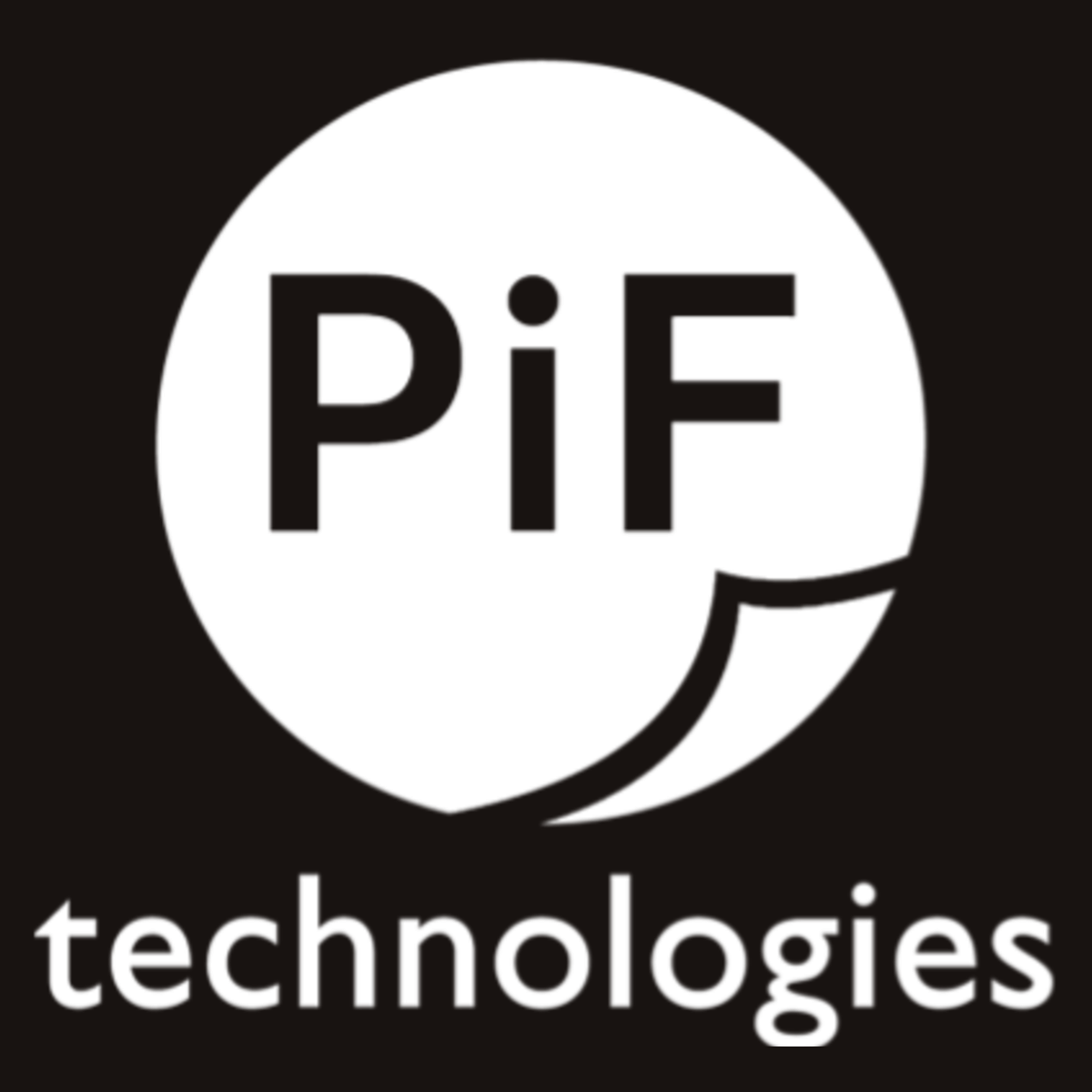In any industry, within any organization, there are buzzwords tossed around that may not have much meaning. For example, you may need to “circle back” with someone before taking a “deep dive” into “synergy” practices to help “close the loop” on something. In reality, many of these common words and phrases don’t hold much actual weight.
Digital Transformation has been a phrase often dismissed as just another filler buzzword, with many organizations not fully understanding what it means. Organizations don’t realize the positive impact it could have on their current processes, and they stay stuck.
We’ll be explaining what Digital Transformation actually is, how it can be utilized, and how to implement it.
So, what is Digital Transformation?
Digital Transformation is the technology-enabled automation of complex business processes. It’s designed to streamline and simplify common business processes and improve service quality and delivery through automation and digitization. Digital Transformation can be a complex process with different steps dependent on individual use cases and needs.
PiF’s technology partner, DocStar, and Levvel Research recently partnered together on a report “2019 Guide to Procure-to-Pay & Digital Transformation” that covers Digital Transformation technologies and processes. In it, they share three ways Digital Transformation is being better understood and implemented by organizations.
1. Digital transformation that involves digitizing processes that are analog to create a new, enhanced method or experience.
Most often this refers to taking a manual physical process and making it digital. For some organizations, this could mean digitizing order forms, job applications, and other commonly used paper forms. By transforming these processes it improves the experience for those who utilize them.
2. Digital transformation that involves automating processes in the back-office.
Digital Transformation can also improve existing digital processes to reduce costs and improve back-office operations. For example, you may complete your forms as editable PDFs and email them to be approved, but that method can be ineffective and with a high potential for error, Digital Transformation through web forms and enterprise content management can improve that process.
3. Digital transformation that involves changing or creating new business models.
When the front processes and back-office processes are transformed, organizations have an opportunity to create new revenue streams. Through Digital Transformation, organizations can improve their existing business model, take on new projects, and continue to grow their business.
The typical PiF customer has the first two end results as their initial goal, often wanting to fix a broken process that either negatively affects their customer base or their employees. Initially, organizations are resistant to transforming their back-office processes under the excuse of them not directly generating revenue for the organization. This thought process can be reframed when organizations understand that Digital Transformation is a holistic strategy, and not just a temporary fix to increase revenue.
This holistic approach also allows for synchronicity between front-office and back-office activities.
How can you implement Digital Transformation?
While some solutions are cut and dry, a concept as broad as Digital Transformation is not as straightforward. It’s a process that has many varying factors and can be largely dependent on an organization’s needs, existing processes, flexibility, and timeline.
The specific tools utilized in Digital Transformation can vary based on an organization’s needs. PiF Technologies has over two decades of experience working with organizations to help develop and implement Digital Transformation solutions.
Enterprise Content Management
Maintaining secure documents is absolutely crucial for organizations that are looking to improve their processes. After all, if your organization is still relying on physical paperwork to complete daily tasks, it’s going to prevent you from implementing Digital Transformation elsewhere. For PiF customers, ECM is typically the first step we take towards automation.
ECM (enterprise content management) goes beyond document management and record retention, providing document-driven workflow automation. It’s flexible, scalable, and affordable to meet the needs of small organizations, enterprise environments and everything in between. It can be deployed via the cloud or on-premise using your hardware or ours.
Advanced Imaging and Digital Capture
Many organizations may utilize a scan, file, retrieve document management system, but typically scanning alone won’t extract unstructured data and data from images. Advanced capture leverages automatic classification of document type (e.g. invoice, sales order, etc.) automatic separation of documents based on variable metadata values.
In most cases, matching and routing can be done with little to no manual intervention, and only requires your involvement when an exception occurs, which means you can significantly reduce back-office labor costs.
Robotic Process Automation (RPA)
Our clients use RPA to complete common, repeatable tasks typically done by employees. It can run routine keystroke operations (such as opening emails and attachments, copying and pasting data, moving files and folders and filling in forms) and run application interface allowing it to report statistics and log into enterprise applications. RPA can also collect and manipulate data, allowing them to perform actions such as extracting structured data from documents, connecting to systems APIs, reading and writing databases, merging data from multiple places, data calculations, and scraping data from the web.
What’s the biggest draw of RPA? It never gets sick! It operates 24 hours a day, 365 days a year, further improving your performance and maintaining a high quality of work and virtually eliminating human error.
Web Forms
Paper forms can get lost, fillable PDFs can be completed incorrectly, and both methods for form completion are simply inefficient. Organizations that regularly need forms completed for HR, Accounting and Finance, and other common tasks can simplify their current forms processes with Web Forms.
With Web Forms, you can easily create custom electronic forms with drag & drop technology – no need for IT, complex coding or expensive 3rd party resources. It ensures faster, more efficient processing across every department.
Cloud Application Hosting
Managing key applications and data on the cloud is no longer a trend, it’s a necessity for those who want to maintain security and communication within their organization. You may already host some of your data in the cloud, but by migrating to the AWS cloud you can host everything you need all in one place, all while improving your speed and agility and reducing infrastructure costs.
PiF’s core proficiency is helping our customers migrate their existing Windows applications to the Amazon Web Services cloud.
Next Steps
With a wealth of solutions designed to completely transform your organization, it can be difficult to determine how to implement them. PiF has over 20 years of experience in working with organizations to implement Digital Transformation. We’ve worked across industries with organizations with varying levels of need, simple fixes, complex workflows and in-between.
You may not be sure where to start. That’s where PiF comes in. With our wealth of knowledge and experience, we’re here to help you find the solution that fits your needs and work with you to implement it successfully.








